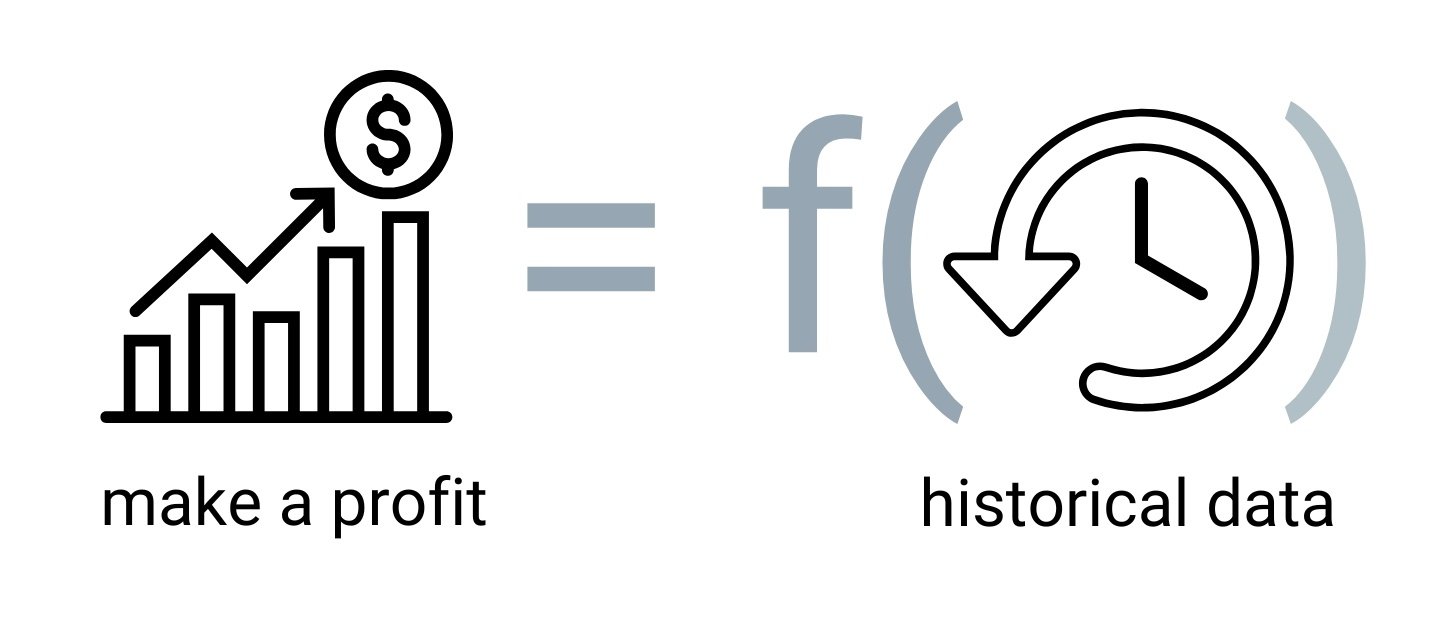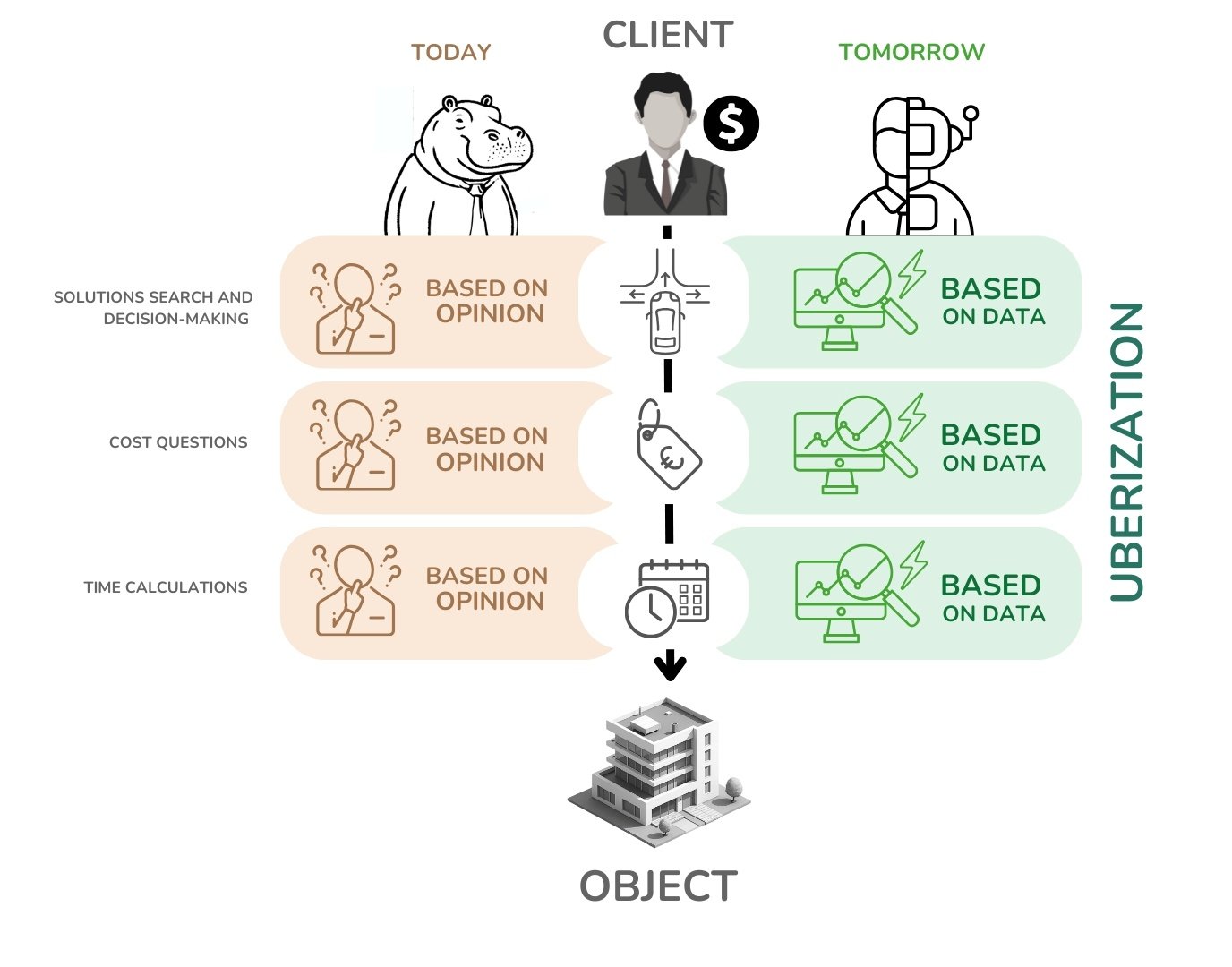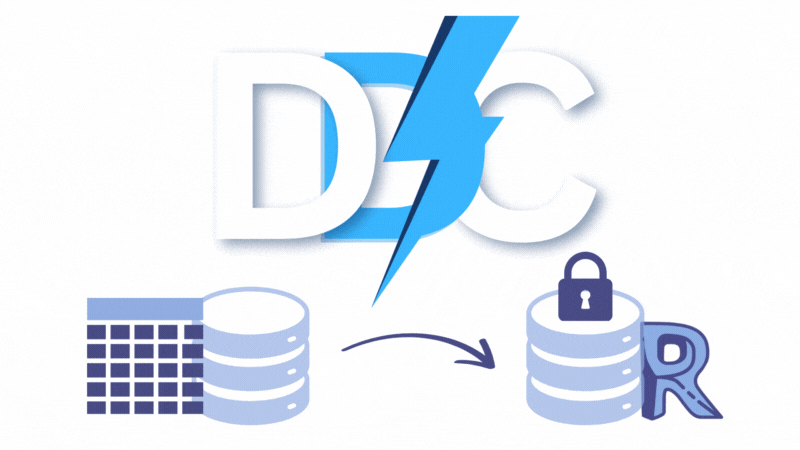The construction industry is entering an era of fundamental change. From the first records on clay tablets to the massive amounts of digital data flowing from project servers and construction sites, the history of information management in construction has always reflected the maturity of the technology of its time. Today, with the advent of automation, open formats and intelligent analytics, the industry is facing not a gradual evolution, but a rapid digital transformation.
As in other sectors of the economy, construction will have to rethink not only the tools but also the principles of work. Companies that used to dictate the market and serve as the main intermediary between the client and the project are losing their unique position. Trust and the ability to work with data – from collecting and structuring it to analyzing, forecasting and automating decisions – are coming to the fore.

This book detailed the key principles of data management in the construction industry, from auditing and standardization to process automation, the use of visualization tools, and the implementation of intelligent algorithms. We looked at how, even with limited resources, you can build a working data architecture and start making decisions based on verifiable facts rather than intuition. Working with data is no longer just the task of the IT department – it becomes the foundation of the management culture, which determines the company’s flexibility, adaptability and long-term sustainability.
The application of machine learning technologies, automatic processing systems, digital twins and open formats already today makes it possible to eliminate the human factor where it used to be critical. Construction is moving towards autonomy and controllability, where the movement from idea to project realization can be compared to navigation in autopilot mode: without dependence on subjective decisions, without the need for manual intervention at every stage, but with full digital traceability and control (Fig. 10.2-2).

By learning the methods, principles, and tools presented in this book, you will be able to start making data-driven, rather than intuitive, decisions in your company. You will also be able to run module chains in LLMs, copy out-of-the-box ETL Pipelines into your development environment (IDE), and automatically process data to get the information you need in the form you want. Later, building on the book’s chapters on big data and machine learning, you will be able to implement more complex scenarios – extracting new insights from historical data and applying machine learning algorithms to predict and optimize your processes.
Open data and processes will provide the basis for more accurate estimates of project costs and timelines, preventing construction companies from speculating on opaque data. This is both a challenge and an opportunity for the industry to rethink its role and adapt to a new environment where transparency and efficiency will become key success factors.
The willingness to take knowledge and put it into practice is key to success in the age of digital transformation.
Companies that realize this first will have an advantage in the new digital competition. But it is important to realize that data alone will not change anything. Many people will need to change the way they think, and that requires an incentive. Your company must rethink the way it shares data
The people who change the company are the people who know how to work with this data, interpret it, use it for optimization, and create a new process architecture based on it.
If you are reading these lines, you are ready for a change and you are already one step ahead. Thank you for choosing this path. Welcome to the era of digital transformation!

















